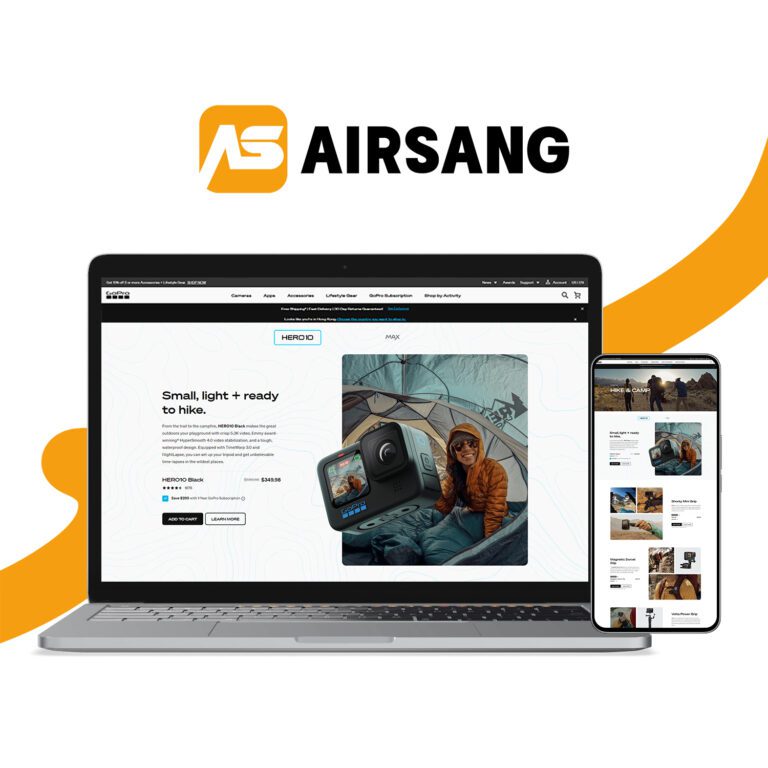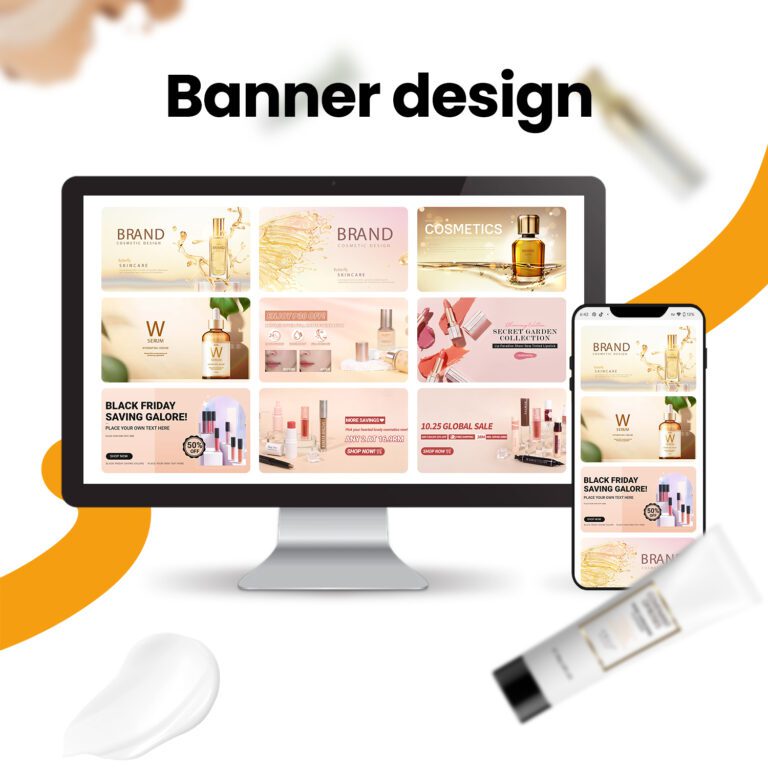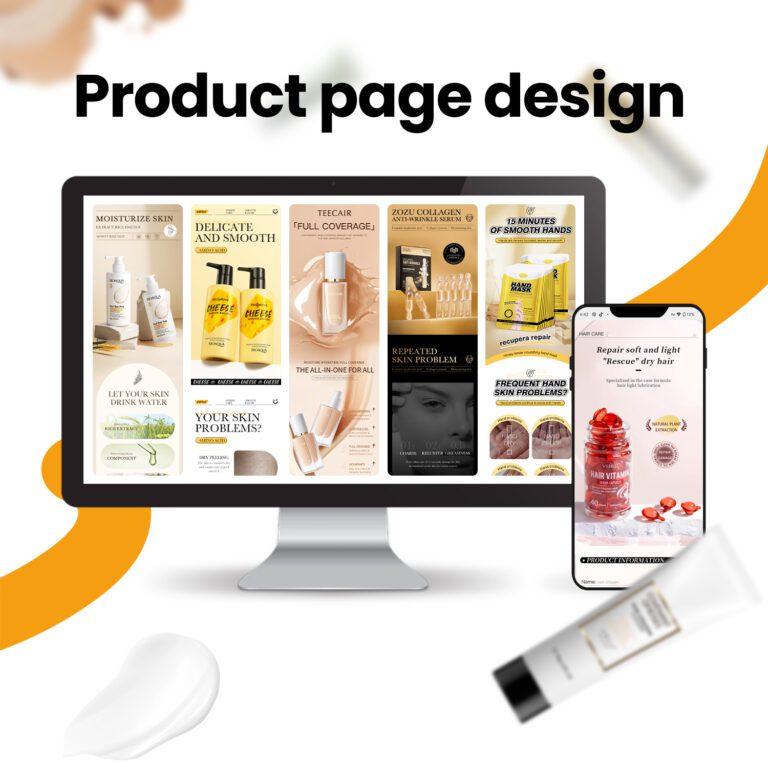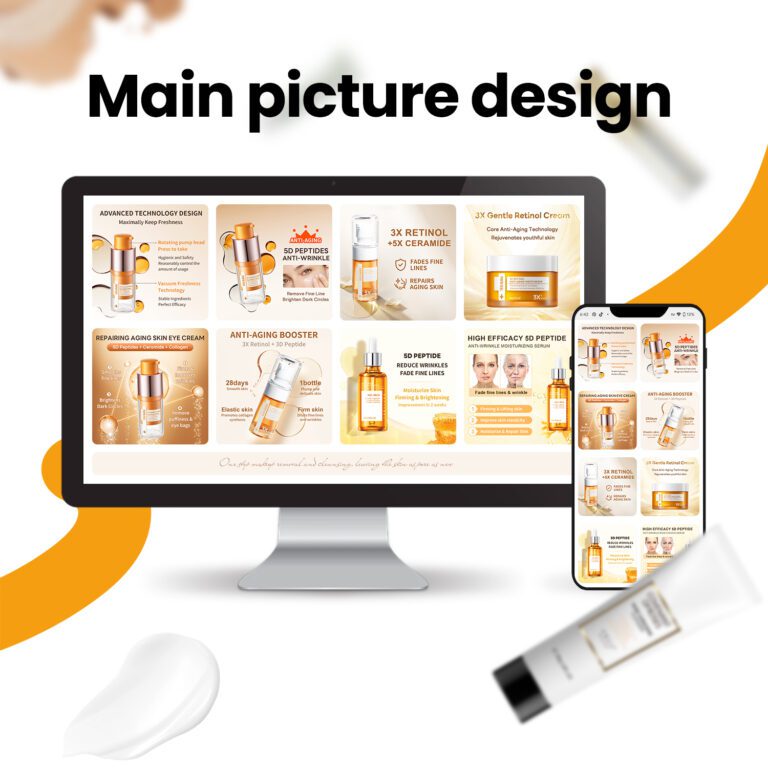Essential Guide to High-Converting Detail Pages
At Airsang Design, we see the product detail page as more than a display—it’s a vital trust bridge. In today’s competitive e-commerce space, a well-crafted PDP informs, builds confidence, and drives conversions.
The Strategic Value of a Product Detail Page
In the digital shopping journey, the product detail page plays the role of a silent yet powerful salesperson. Unlike ads or social posts, it is where decisions are made. When done right, a PDP not only answers key customer questions but also showcases the brand’s professionalism and product quality, giving users the confidence to make a purchase.

The 6 Key Components of a High-Converting Detail Page
1. Hero Banner: Capture Attention at First Sight
The top banner is the first impression. It should immediately grab attention while visually reinforcing the brand’s tone, key benefits, and emotional appeal. Through clean layouts, high-quality visuals, and on-brand typography, the banner sets the stage for the rest of the page.
2. Product Visuals: Showcase the Look and Feel
Showcasing your product from multiple angles — including 3D renders, close-ups, and lifestyle shots — helps eliminate uncertainty and enhances the tactile imagination of the buyer. A mix of studio shots and in-context usage imagery provides a more comprehensive view.
3. Feature Modules: Solve Problems, Highlight Benefits
Organize core product features into digestible sections. Each feature should answer a customer pain point, such as “Is this compatible with my device?” or “How long does the battery last?” Visual icons, step-by-step usage guides, and concise copy help deliver the message with clarity.
4. Detail Close-ups: Reinforce Craftsmanship and Quality
Zooming in on key materials, construction, and interface elements adds depth and credibility to your product. This section often includes exploded views, texture photos, and annotations that reflect the brand’s commitment to quality.
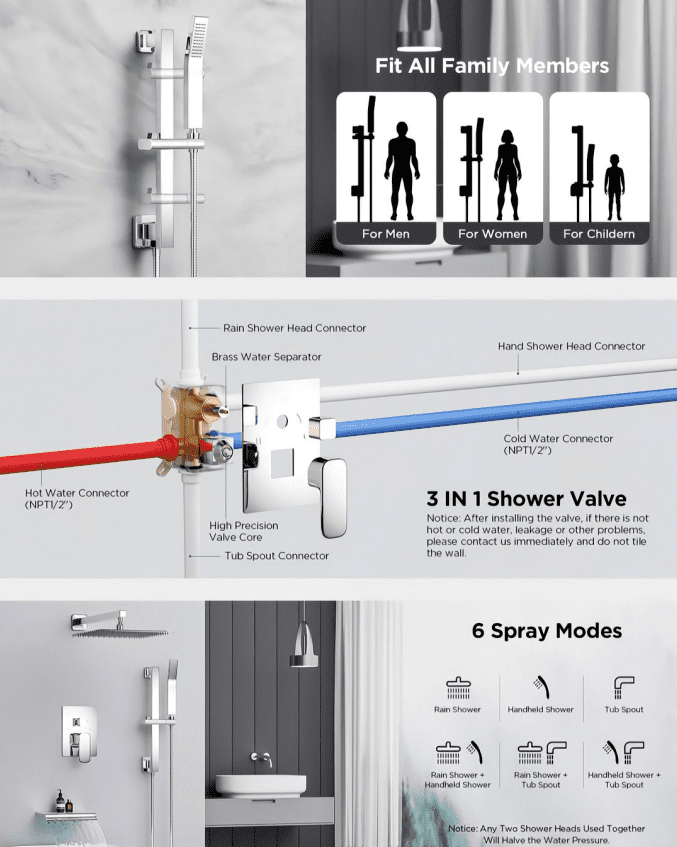
5. Product Comparison: Emphasize Competitive Edges
Side-by-side comparisons with competing or legacy models make it easier for users to identify your product’s advantages in performance, material, price, or function. Visual charts and comparison tables are especially effective in high-consideration categories.
6. Trust & Support Section: Build Confidence with Proof
Include quality certifications (CE, FCC, FDA, etc.), user reviews, brand endorsements, shipping guarantees, and clear return policies. This “trust section” addresses common post-sale concerns and lowers hesitation — which is often a key reason for high bounce rates.
Design Pressure is Rising — Why Professional Teams Matter
- ✅ Faster Product Cycles
Brands are launching and updating SKUs at unprecedented speed to stay competitive. - ✅ Rising Consumer Expectations
Buyers now demand polished, informative, and visually engaging product pages. - ✅ In-House Teams Are Stretched
Internal design resources often struggle to keep up with the pace and volume. - ✅ Why Work with Experts
Partnering with a specialist like Airsang Design ensures every detail page is optimized using data, UX psychology, and proven design strategies.
Conclusion
At Airsang Design, we treat detail pages as strategic assets—not just visuals. When crafted for clarity and trust, a PDP becomes a powerful conversion tool that turns traffic into sales.

